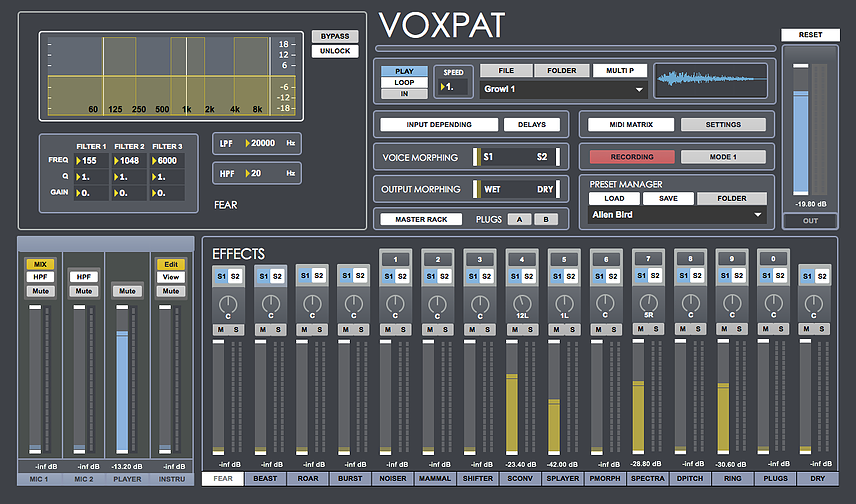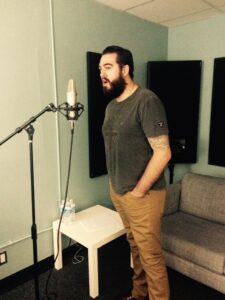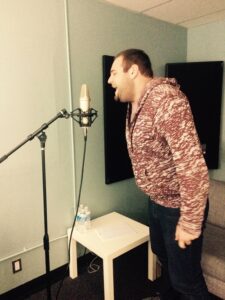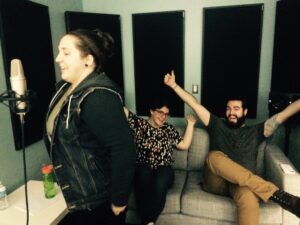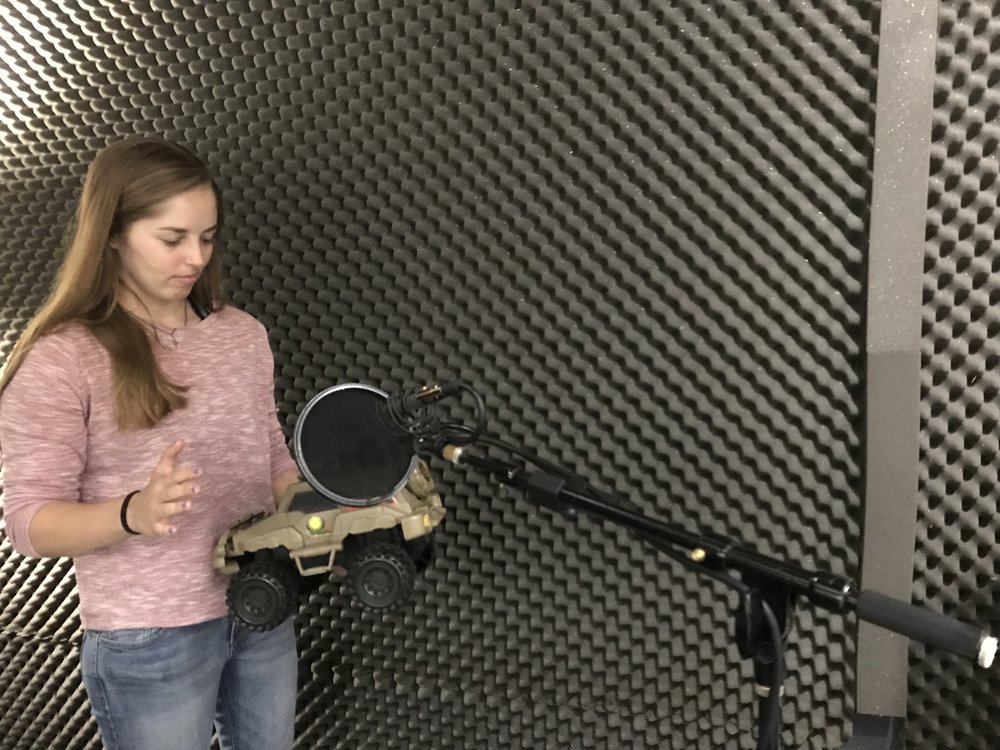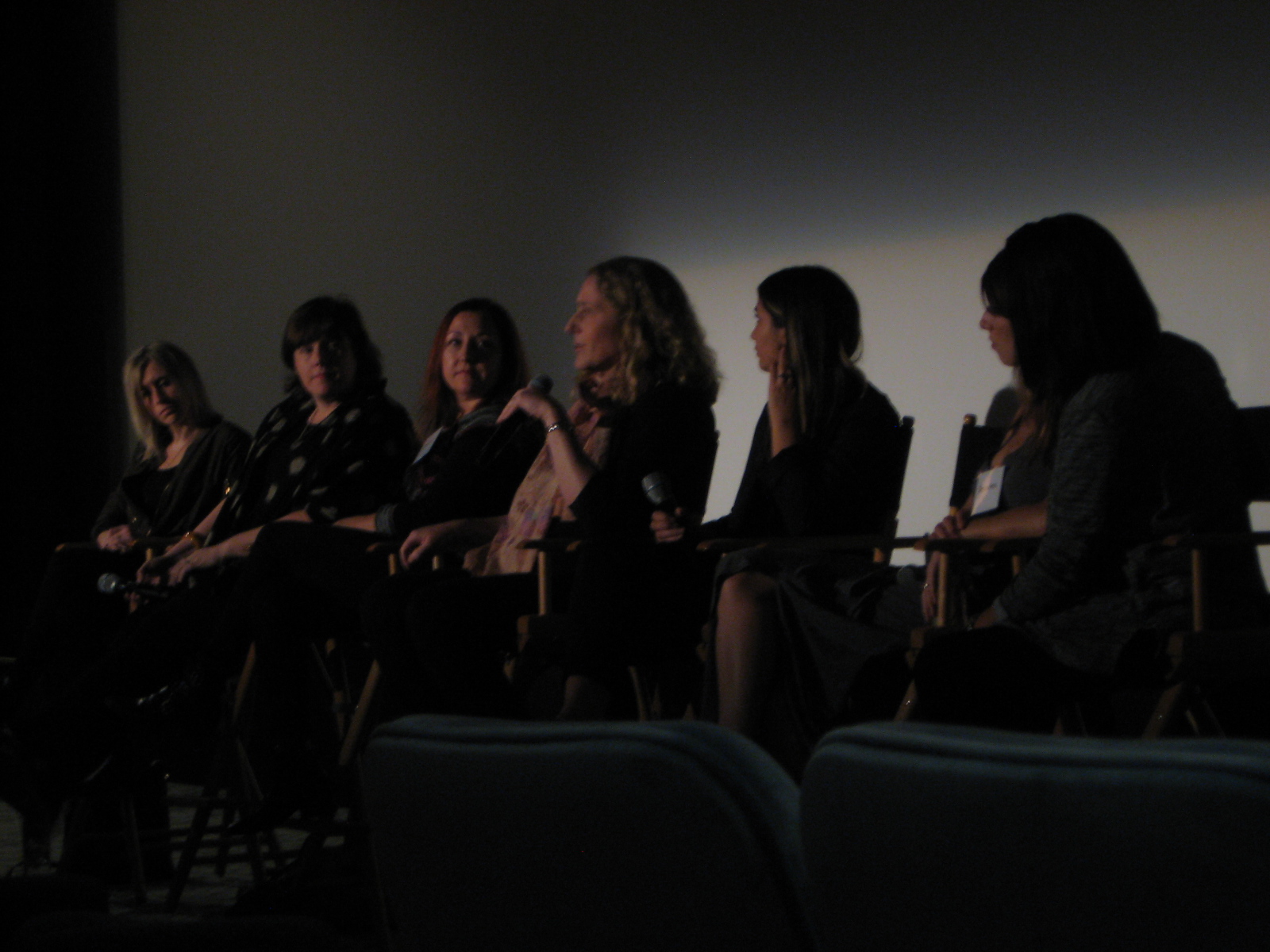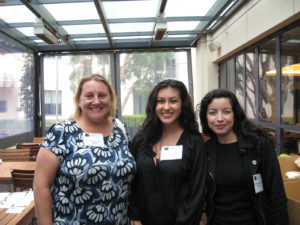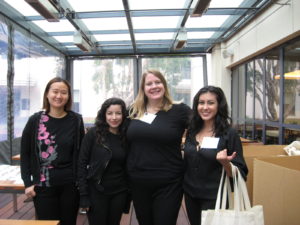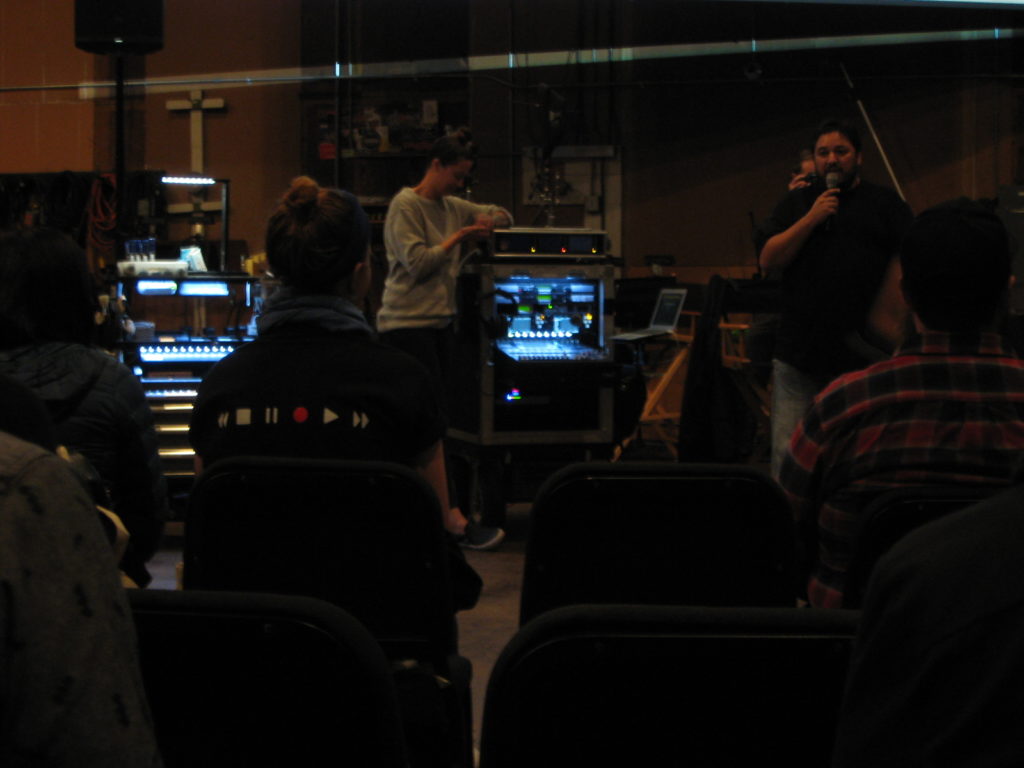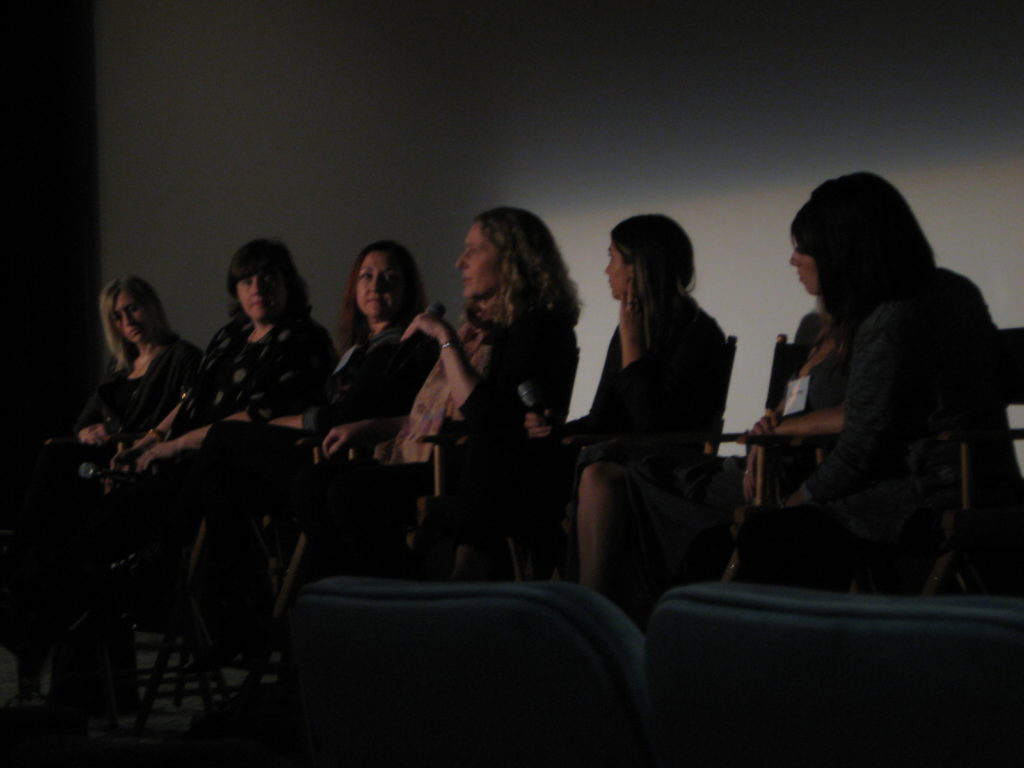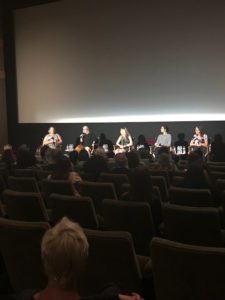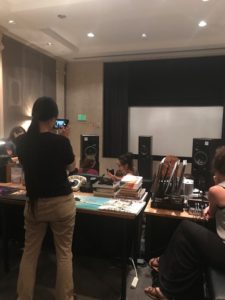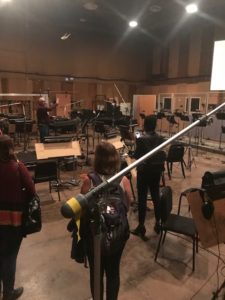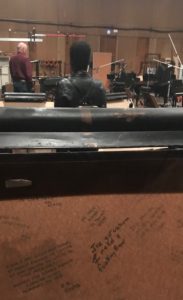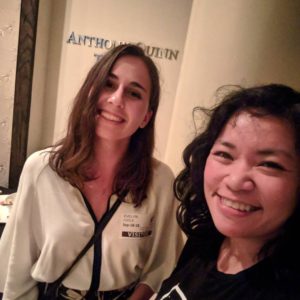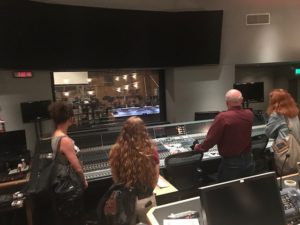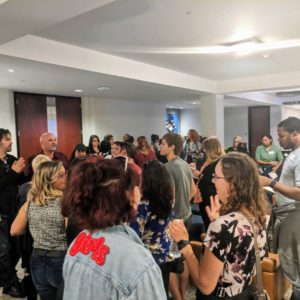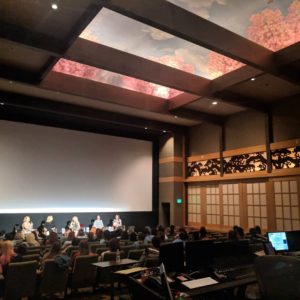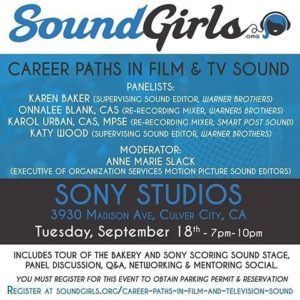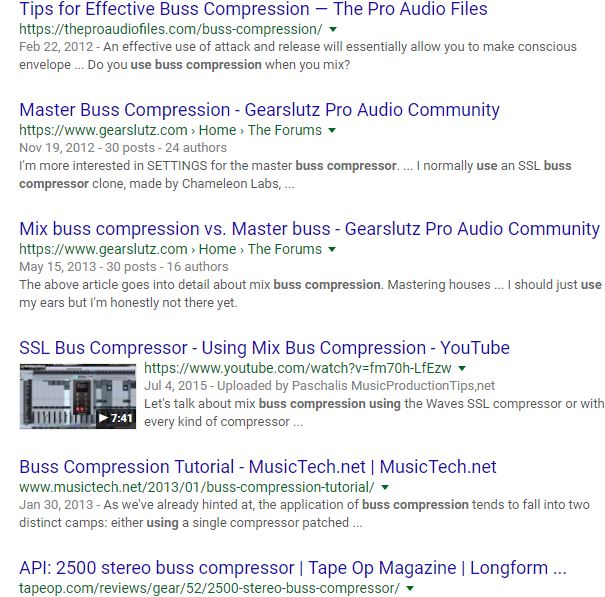
Sounds Like Summer
June 20th officially marked the first day of summer, which means we are practically halfway through the year! Somehow the never-ending 2020 is managing to pass by in the blink of an eye. I’m still trying to wrap my head around the fact that we have been in quarantine for nearly 4 months now. I guess time flies when you’re stuck inside! Luckily, the world is slowly beginning to reopen just in time for us to enjoy the sunshine.
With the changing of the seasons comes a whole new world of sound. So, let’s discuss some key summertime sounds to keep an ear out for and record to bulk up your SFX library this time of year!
Sounds Like Summer:
- Beach AMB – seagulls, waves, sandy wind gusts
- Fireworks
- Campfire
- Summer Crickets
- Water Activities – sprinklers, water balloons, water guns
- Lawnmower
- Ice Cream Truck
- Air Conditioning
- Slurpee Slurps
- Badminton/Volleyball
Tips and Tricks:
Fireworks: Most towns have a celebratory firework display every 4th of July. Click here to check out a helpful blog post written by Boom Box Post-co-owner Jeff Shiffan about recording sound effects with your phone. In the post, Jeff uses fireworks as an example! Who knows, maybe you’ll also get some cool crowd reaction walla. I know I’m definitely that person who OOH’s and AHH’s way too loud at a good firework show.
Badminton/Volleyball: If you can get your hands on a badminton or tennis racket, quickly swing the racket back and forth to produce different swish/wipe SFX’s. These types of sounds are really handy to have in your library—especially when working in animation.

Ice Cream Truck: Does the ice cream truck not visit your neighborhood? That’s ok, you can make your own! Did you know the iconic music played by ice cream trucks across the world is public domain? The melody is from the folk song “Turkey in the Straw”. Download yourself a clip of the tune and throw it into a plugin like Doppler by waves. Make sure to check out these two blog posts (The Doppler Effect, Creating Motion In Sound Design Using Pitch) for tips on how to create the perfect “by”!
Slurpee Slurps: When I think of summer, I think of night drives with my friends to the local gas station for slurpees. Who doesn’t need a good straw slurp SFX in their library? I feel like it would come in handy more than you would imagine. Any tumbler and straw will do the trick! Although, if you can get your hands on a slurpee I recommend the Coca-Cola or banana flavor.
A COLLABORATIVE POST WITH Boom Box Post


